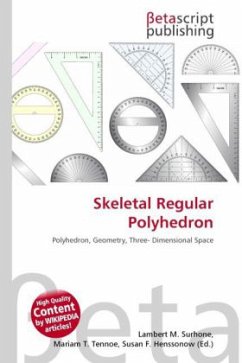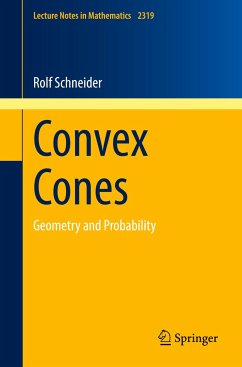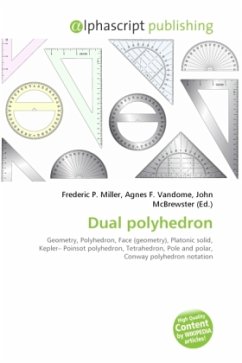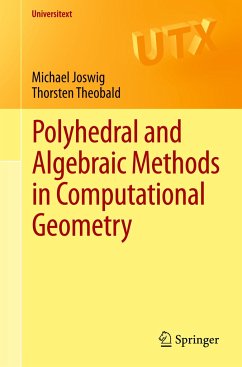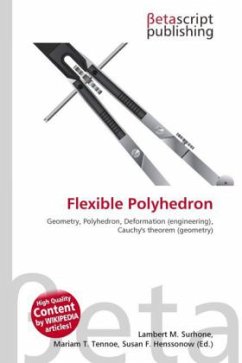
Flexible Polyhedron
Versandkostenfrei!
Versandfertig in 6-10 Tagen
23,99 €
inkl. MwSt.

PAYBACK Punkte
12 °P sammeln!
Please note that the content of this book primarily consists of articles available from Wikipedia or other free sources online. In geometry, a flexible polyhedron is a polyhedral surface that allows continuous non-rigid deformations such that all faces remain rigid. The Cauchy rigidity theorem shows that in dimension 3 such a polyhedron cannot be convex (this is also true in higher dimensions). The first examples of flexible polyhedra, now called Bricard''s octahedra, were discovered by Raoul Bricard (1897). They are self-intersecting surfaces isometric to an octahedron. The first example of a...
Please note that the content of this book primarily consists of articles available from Wikipedia or other free sources online. In geometry, a flexible polyhedron is a polyhedral surface that allows continuous non-rigid deformations such that all faces remain rigid. The Cauchy rigidity theorem shows that in dimension 3 such a polyhedron cannot be convex (this is also true in higher dimensions). The first examples of flexible polyhedra, now called Bricard''s octahedra, were discovered by Raoul Bricard (1897). They are self-intersecting surfaces isometric to an octahedron. The first example of a non-self-intersecting surface in R3, the Connelly sphere, was discovered by Robert Connelly (1977).




